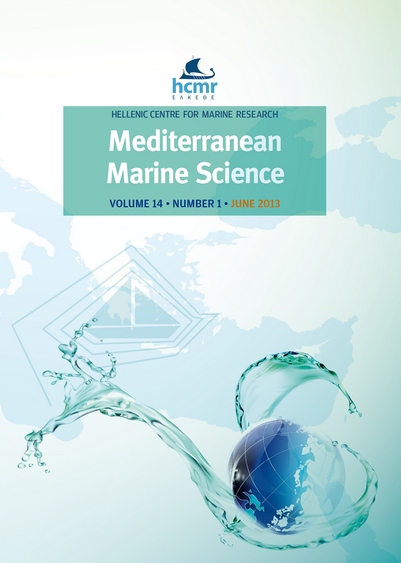Heavy metals monitoring in mussels Mytilus galloprovincialis from the Apulian coasts (Southern Italy)
Аннотация
Concentrations of six heavy metals (Cd, Cr, Cu, Hg, Pb and Zn) and one semi-metal (As) were determined in tissues of mussels Mytilus galloprovincialis collected along the Apulian coasts (Mediterranean sea). This project, performed in 2009, was targeted toward the assessment of levels and spatial distribution of metals in the environment in order to evaluate the coastal water quality using mussels as bioindicators and health risk for mussel consumers.The concentrations (mg/kg d.w.) of these metals ranged from 6.35 to 76.17 for arsenic (As), 0.38 to 2.54 for cadmium (Cd), 0.96 to 9.46 for chromium (Cr), 5.26 to 19.22 for copper (Cu), 0.10 to 0.81 for mercury (Hg), 25.00 to 110.51 for zinc (Zn) and from 0.37 to 3.25 for lead (Pb). These levels were lower than the permissible limits set by European Commission and FAO with the exception for Cr in three sampling stations. Evaluation of the risk associated to molluscs consumption for human health suggested that there is no evident risk for a moderate Mytilus g. consumer, however heavy metals concentrations must be monitored periodically and carefully with respect to the consumers health.
Article Details
- Как цитировать
-
SPADA, L., ANNICCHIARICO, C., CARDELLICCHIO, N., GIANDOMENICO, S., & DI LEO, A. (2013). Heavy metals monitoring in mussels Mytilus galloprovincialis from the Apulian coasts (Southern Italy). Mediterranean Marine Science, 14(1), 99–108. https://doi.org/10.12681/mms.323
- Выпуск
- Том 14 № 1 (2013)
- Раздел
- Research Article
Authors who publish with this journal agree to the following terms:
- Authors retain copyright and grant the journal right of first publication with the work simultaneously licensed under a Creative Commons Attribution Non-Commercial License that allows others to share the work with an acknowledgement of the work's authorship and initial publication in this journal.
- Authors are able to enter into separate, additional contractual arrangements for the non-exclusive distribution of the journal's published version of the work (e.g. post it to an institutional repository or publish it in a book), with an acknowledgement of its initial publication in this journal.
- Authors are permitted and encouraged to post their work online (preferably in institutional repositories or on their website) prior to and during the submission process, as it can lead to productive exchanges, as well as earlier and greater citation of published work (See The Effect of Open Access).





